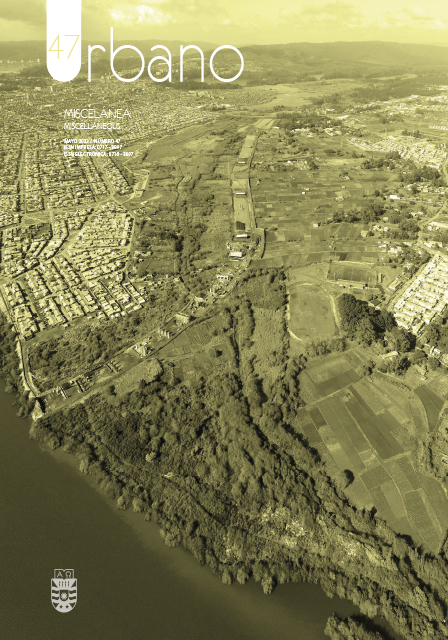Social and spatial patterns: A comparative study between two public spaces in the city of Quito, Ecuador
DOI:
https://doi.org/10.22320/07183607.2023.26.47.08Keywords:
urban design, urban behavior, morphology, Quito, public spaceAbstract
The public space is the ideal scenario to analyze and evaluate the correlation between behavior and morphological conditioning factors in the urban structure. This relationship between the behavior of inhabitants and the spatial configuration is experienced as a social result. From this perspective, the success of urban design is perceived from the capacity it has to reconcile spatial conditions with the alternatives it allows for collective relations, from a close and bidirectional relationship. According to urban studies on morphological approaches, from the second half of the twentieth century two formal configurations are recognized: first, one identified as the traditional city layout, understanding cities as interconnected structures of buildings, with the gaps between them forming the blocks; second, the so-called functionalist, whose configuration of buildings includes a free and isolated arrangement in space, generating undefined layouts (Carmona, 2010, p. 77). This research presents a comparative analysis study for public spaces, which combines studies related to the city’s type-morphology and crucial treatises on behavior in public spaces. Spatial and behavioral patterns are evaluated in two areas in the city of Quito, Ecuador: on one hand, a square in the Historic Center with a traditional layout: Plaza "La Merced"; and on the other, an urban space with a functionalist layout: Plaza "La República". The study focuses on the generation of diagnostic information that comes directly from the observation of social behavior and the analysis of the morphological elements of the studied space. Finally, this study contrasts the review of specific spatial conditions of a place with the behavioral dynamics of its inhabitants.
Downloads
Downloads
Published
How to Cite
Issue
Section
License
Copyright (c) 2023 Verónica Gabriela Vaca-Proaño, Cyntia Paulina López-Rueda, Néstor Andrés Llorca-Vega, Enrique Ferreras-Cid

This work is licensed under a Creative Commons Attribution-ShareAlike 4.0 International License.
The content of articles which are published in each edition of Habitat Sustentable, is the exclusive responsibility of the author(s) and does not necessarily represent the thinking or compromise the opinion of University of the Bio-Bio.
The author(s) conserve their copyright and guarantee to the journal, the right of first publication of their work. This will simultaneously be subject to the Creative Commons Recognition License CC BY-SA, which allows others to share-copy, transform or create new materials from this work for non-commercial purposes, as long as they recognize authorship and the first publication in this journal, and its new creations are under a license with the same terms.![]()























